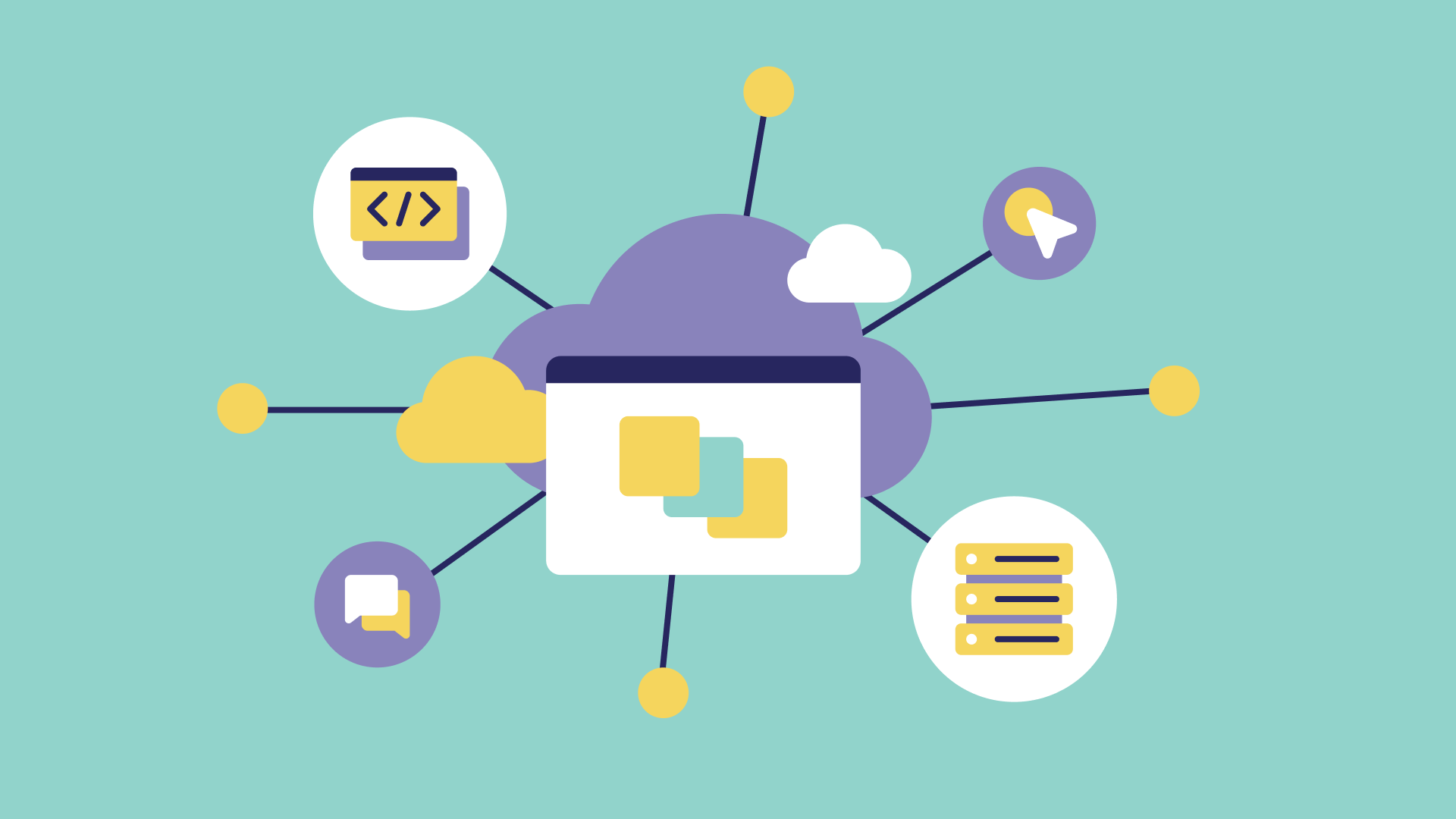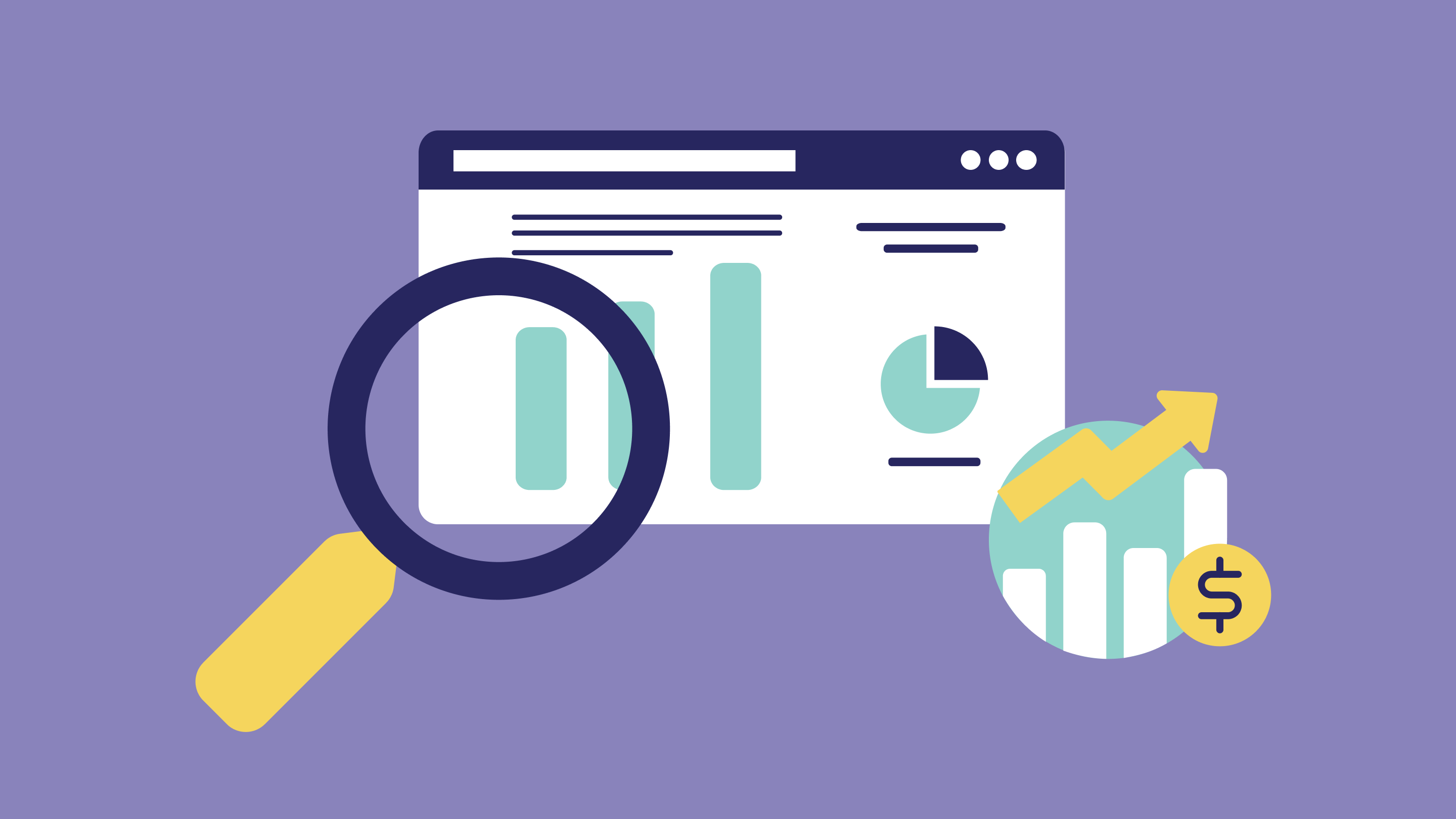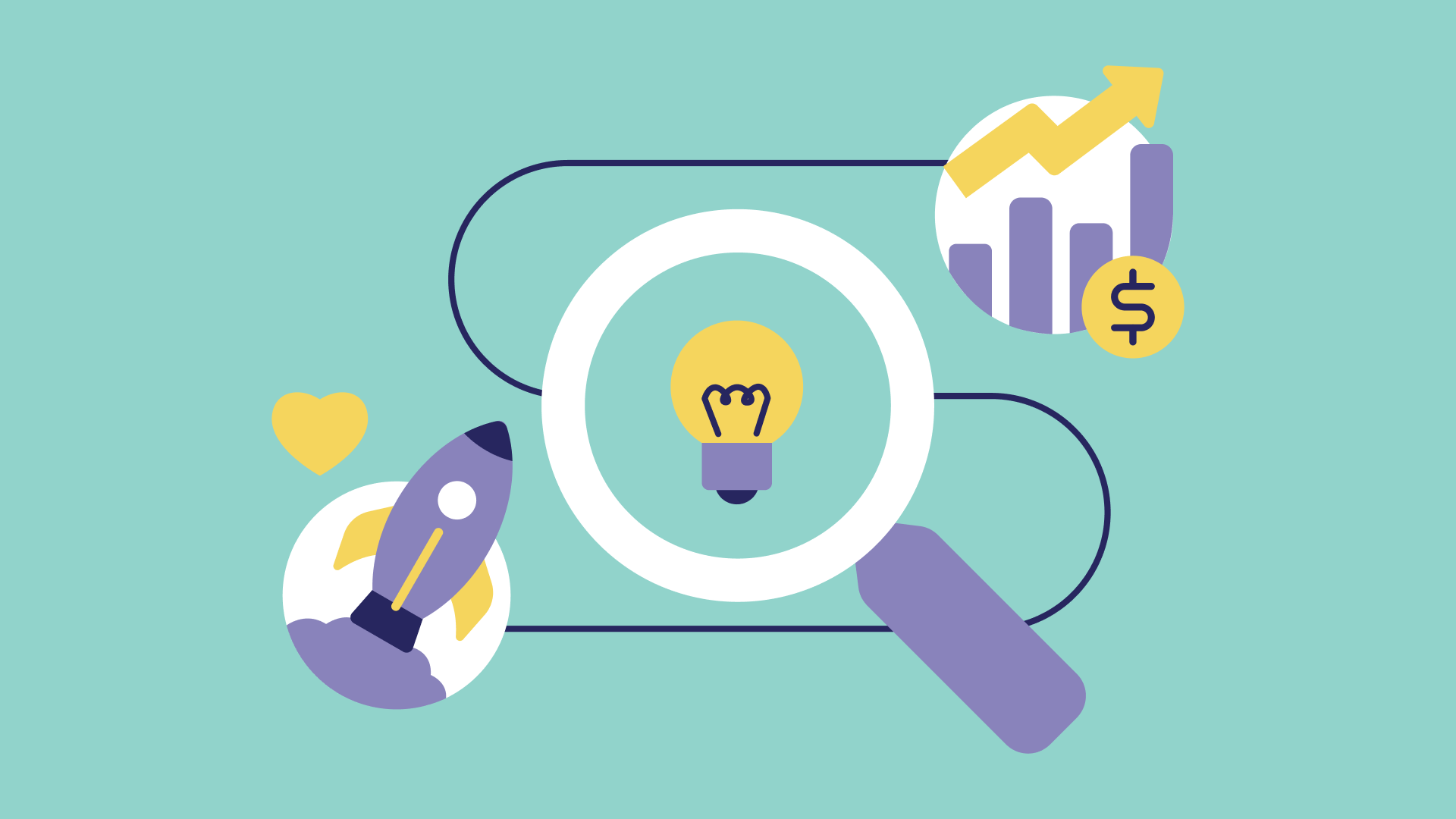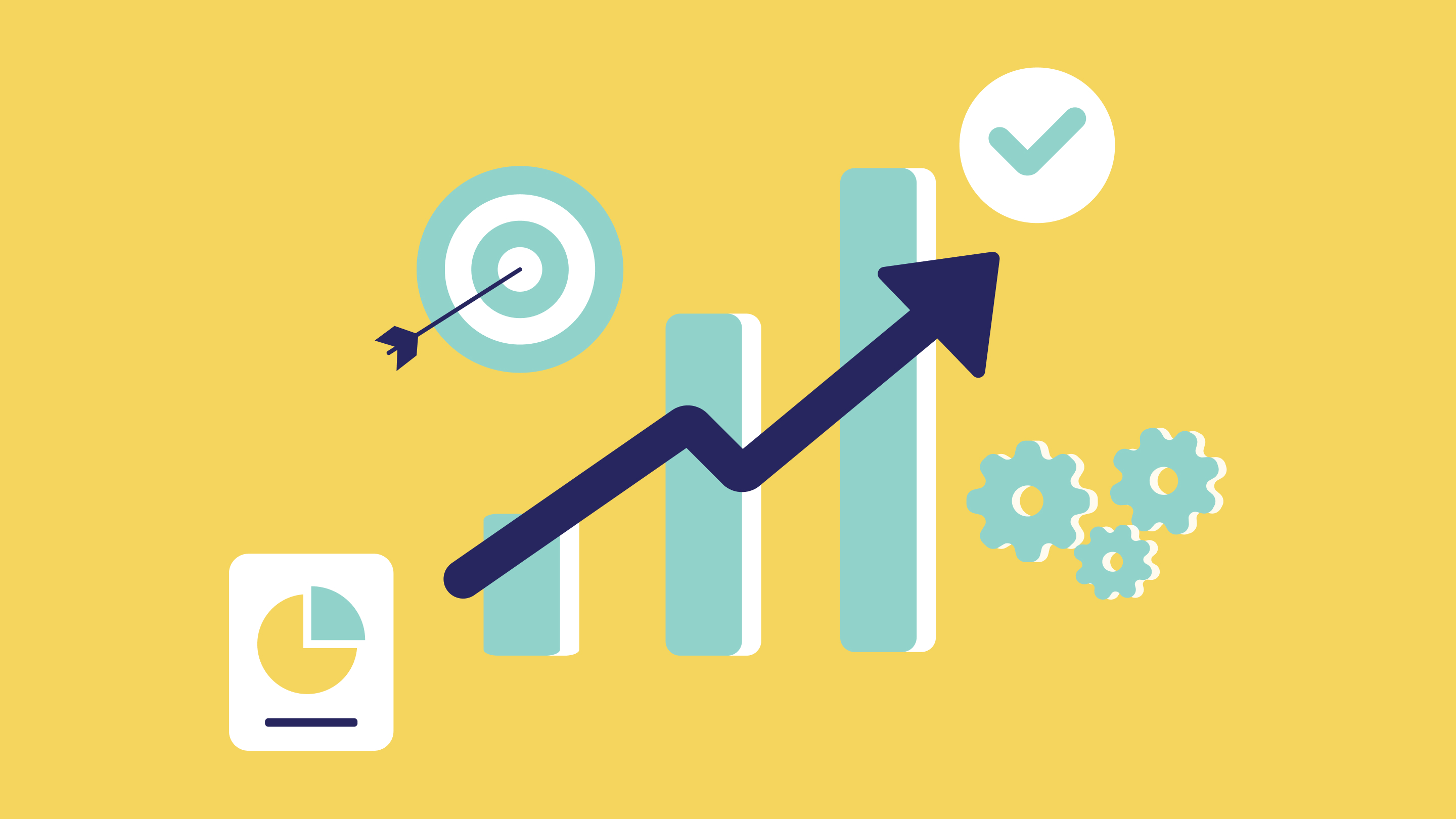
In the highly competitive SaaS landscape, where innovation is paramount, speed and efficiency in product development are equally crucial. Meeting these demands, lean product development emerges as a beacon, offering a strategic approach that emphasizes value creation while minimizing waste. By adopting a lean product development process, product owners and SaaS providers can unlock a competitive edge in the market.
In this comprehensive article, we will delve into the intricacies of the lean product development process, providing a detailed outline of its components and highlighting the distinct, yet collaborative roles that product managers and project managers play. By understanding and implementing this process, businesses can streamline their product development efforts, optimize resource allocation, and ultimately drive success in the dynamic world of SaaS.
Understanding Lean Product Development
Lean product development is a methodology that draws its principles from lean manufacturing, which have been tailored to suit the iterative process of software development. It revolves around the concept of delivering superior quality products in a shorter span of time, achieved by eliminating non-value adding activities that do not directly benefit the end customer. By embracing lean practices, organizations can optimize efficiency, reduce waste, and continuously improve their product development process, ultimately leading to increased customer satisfaction and competitive advantage in the market.
The Phases of Lean Product Development
1. Concept Phase

The first step in the process is identifying customer pain points and thoroughly understanding market needs. This crucial phase combines creativity with strategic market analysis to pinpoint valuable opportunities for growth and innovation. By delving deep into the needs and desires of the target audience, businesses can uncover untapped potential and develop effective strategies to address them. This comprehensive approach ensures that every decision is driven by a deep understanding of the market landscape and a focus on delivering solutions that truly resonate with customers.
2. Feasibility Study

During this phase, the viability of the concept is thoroughly tested. This involves evaluating the technical feasibility of the idea, conducting a comprehensive market analysis, and performing initial financial modeling to ascertain the potential for success. By delving into these aspects, we can gain a deeper understanding of the concept's feasibility and make informed decisions moving forward.
3. Development Phase

One of the key characteristics of the product development process is the adoption of a rapid and iterative approach. This involves frequent prototyping and continuous feedback loops with potential users, which are instrumental in refining the product. By embracing this agile methodology, companies can quickly identify and address any shortcomings or areas for improvement, ensuring that the final product meets the needs and expectations of its target users. This iterative process allows for continuous learning, adaptation, and innovation, ultimately leading to the creation of a high-quality and user-centric product.
4. Implementation Phase
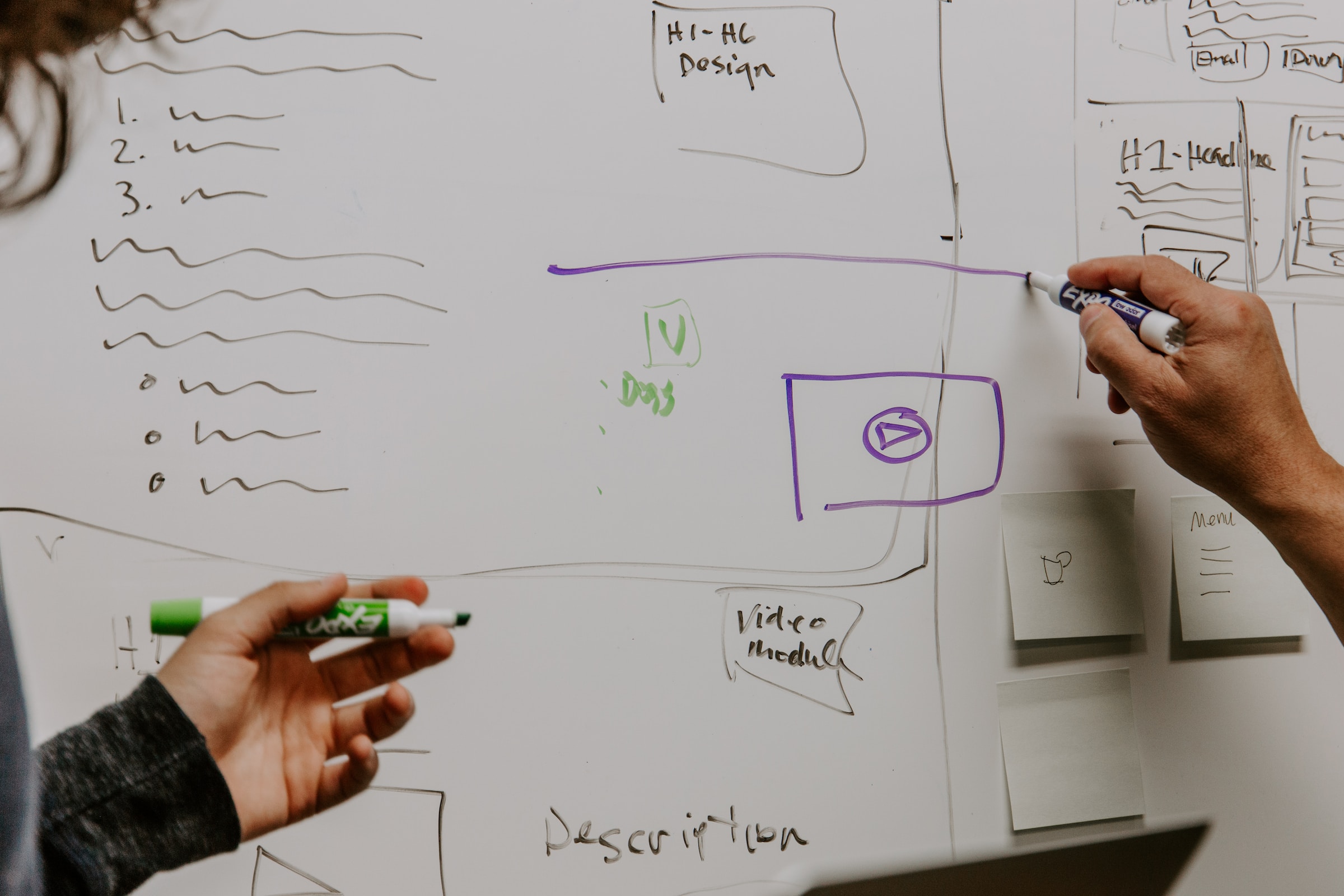
After meticulous development, the product is now prepared to make its grand entrance into the market. With the primary groundwork laid, the focus now pivots towards meticulously fine-tuning the user experience. This process involves gathering and analyzing extensive user feedback to ensure the final product meets and exceeds user expectations. Additionally, as scale-up operations commence, strategic plans and resources are put in place to accommodate the increasing demand and secure a smooth transition into the market.
5. Post-Launch Phase

After the launch, the process does not come to a halt. In fact, it is just the beginning. Continuous improvement plays a vital role in lean methodology, as it aims to constantly enhance the product and its delivery. By diligently analyzing customer feedback, identifying areas for refinement, and implementing iterative changes, businesses can ensure that their product remains competitive and aligned with evolving market demands. This ongoing commitment to improvement fosters a culture of innovation and sets the stage for long-term success.
Roles of Product Managers and Project Managers
- Product Managers act as visionaries. They meticulously analyze the market landscape, delving deep into its intricacies, meticulously gathering insights to inform their product vision. They expertly align this vision with the overarching business objectives, seamlessly harmonizing the 'what' and 'why' of the product. By doing so, they diligently ensure that each feature is purposeful, indispensable, and delivers tangible value to the end-user.
- Project Managers are the executors. As project managers, they effectively manage the 'how' and 'when' aspects of development. They meticulously organize resources, define realistic timelines, and ensure that the entire development process aligns with lean principles. Their expertise allows them to proactively prevent feature creep, diligently maintain budget constraints, and expertly keep the entire team on schedule, ensuring a successful project outcome.The Collaboration:
A successful lean product development process is one where product managers and project managers work in concert. The product manager's strategic vision is realized through the project manager's tactical prowess. Both roles must communicate effectively, with a mutual understanding that each decision and action must be justified in terms of value to the customer.
Conclusion
Lean product development is a philosophy that goes beyond simply doing more with less. It encompasses strategic focus, disciplined execution, and an unwavering dedication to delivering value. By adopting a lean development process, SaaS businesses can position themselves not only as competitive players in the market but also as providers that truly understand and address their customers' needs. This approach allows for continuous improvement, iterative feedback loops, and a constant drive to exceed customer expectations. With a commitment to lean principles, businesses can foster innovation, optimize resources, and ultimately achieve long-term success in the ever-evolving landscape of the software industry.













